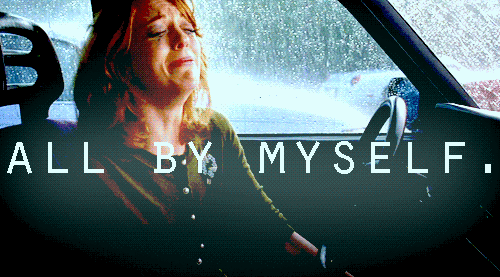Martial arts have held a place of fascination for centuries, captivating individuals with tales of discipline, mastery, and honour. From the flowing movements of Tai Chi to the explosive strikes of Muay Thai, these practices are steeped in tradition and dedication. However, within this realm of authenticity, a darker underbelly exists — the domain of fake martial arts. This blog delves into the depths of fake martial arts, unravelling their origins, distinct characteristics, and the insights of Rob Ingram, the driving force behind McDojoLife.
Origins of Fake Martial Arts
The origins of fake martial arts can be traced back to a mixture of misinformation, sensationalism, and a hunger for spectacle. A parallel demand for intrigue and entertainment arose as martial arts gained worldwide popularity. This demand created a breeding ground for individuals who claimed to possess supernatural abilities through their martial arts practice. Some boasted mastery over the mysterious forces of “chi” or “ki,” performing feats that appeared almost magical, such as shattering bricks with gentle touches or levitating.
Distinguishing Characteristics
- Dubious Claims: At the heart of the world of fake martial arts are dubious claims that immediately raise suspicions. Practitioners often assert that their techniques are so lethal that they cannot be used in real combat situations, conveniently avoiding any empirical scrutiny. This evasion of practical application casts doubt on the authenticity of their skills.
- Mystical Pseudo-Science: Fake martial arts frequently rely on mystical and pseudo-scientific explanations to legitimize their extraordinary claims. Buzzwords like “energy manipulation” and “mind over matter” create an aura of mysticism that appeals to those seeking the extraordinary. In contrast, genuine martial arts emphasize rigorous training and physical conditioning.
- Avoiding Pressure Testing: Legitimate martial arts advocate for pressure testing and sparring as essential tools for refining skills and assessing progress. However, fake martial arts often resist any form of controlled pressure testing, using excuses like “deadly intent” or “potential harm to opponents.” This evasion only serves to deepen suspicions about their legitimacy.
- Veiled Techniques: Fake martial arts often boast hidden “secret techniques” accessible only to a select few after years of intense training. This air of exclusivity further separates their claims from the tangible, observable nature of authentic martial arts.
Rob Ingram’s Insights
Rob Ingram, the founder of McDojoLife, has been a leading figure in exposing fake martial arts. McDojoLife is an online platform dedicated to shedding light on martial arts fraud and deception. Ingram’s perspectives resonate deeply with the concerns surrounding fake martial arts and offer 5 rules of what makes up a McDojo:
- NoTouch Knockouts
- Pedophiles
- Unsafe Training / Cult Behavior
- Shady Business Practices
- Lying about Belt Rank or Fight Record
Distinguishing fake martial arts (or McDojos) from the real deal is crucial because it protects the integrity of true martial artists who have dedicated their lives to mastering their craft.
Dangers of Fake Martial Arts
- False Sense of Security: Placing trust in the exaggerated claims of fake martial arts can foster a false sense of security. When confronted with a genuine self-defence scenario, relying on unproven techniques can lead to disastrous consequences.
- Wasted Time and Effort: Committed students who invest their time, energy, and finances in pursuing fake martial arts can find themselves disillusioned when they realize their skills are ineffective. This disillusionment can take both an emotional and financial toll.
- Missed Opportunities: Opting for fake martial arts may prevent individuals from exploring authentic practices that offer practical skills, physical fitness, and personal growth.
- Tarnished Reputation: The prevalence of fake martial arts not only impacts those who fall victim to their deception but also casts doubt on the reputation of martial arts as a whole. Skepticism can extend to legitimate martial arts practices, hindering their deserved recognition.
Conclusion
In an age of rapid information dissemination, it’s imperative to exercise discernment when delving into any discipline, martial arts included. Fake martial arts and McDojos, with their tantalizing promises of supernatural abilities, pose a significant threat to the authenticity of genuine practices. By understanding the hallmarks of fake martial arts and their potential hazards, we equip ourselves to make well-informed choices.
As enthusiasts of martial arts, it’s our responsibility to uphold the values of discipline, respect, and humility that underpin authentic practices. By illuminating the shadows cast by fake martial arts, we contribute to preserving the rich traditions and invaluable life lessons that genuine martial arts offer. Let us tread the path of authenticity, dedicating ourselves to the pursuit of genuine skills, physical well-being, and personal development. Exposing fake martial arts and McDojos is about safeguarding the integrity of a beautiful and enriching discipline, ensuring it remains true to its roots.
Enjoyed this post? Check out “Are You Practicing BullSh!t Bunkai?”
























































